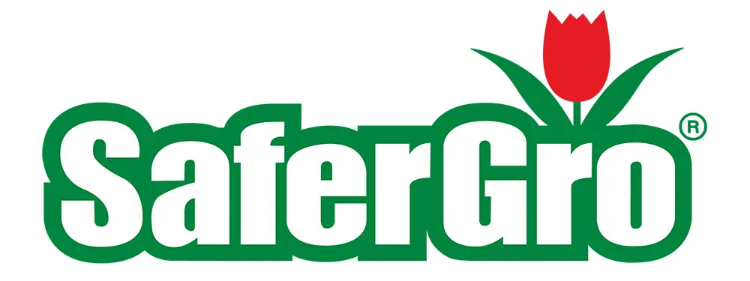Caring For Your Growing Avocado Tree
So, your young avocado tree is ready to be transplanted from a pot to your yard. If you’ve already picked out your best sunny and wind protected area, we are here to guide you through the next steps to ensure success for your avocado growing journey including its soil requirements, watering schedules, and how to feed your tree.
When is Your Tree Seedling Ready for Transplanting?
When it comes to transplanting trees, younger is better. Young seedlings require less effort and have higher chances of survival as short-stemmed trees overcome transplant shock much easier. When moving your seedling from pot to soil, you want to preserve as much of the roots surrounding soil as you can.

Soil Quality and Watering
In our previous avocado blog, we discussed some elements of soil quality necessities to ensure a healthy soil environment including our recommendation of mycorrhizal fungi Today we will be diving deeper into your soil quality requirements for your avocado tree.
Avocado trees grow well in between 6 – 6.5 soil pH. Avocado trees thrive in well-draining soil and require 7 – 8 hours of full sunlight. Mulch is a common favorite for anyone growing avocados. Proper mulching is especially important for plants under stress or newly planted ones that are still developing their extensive root systems. To correctly apply organic mulches, start six inches from the base of the plant working out to the desired diameter. Newly planted young trees should be mulched immediately after planting with at least several inches of aged wood chips or other sources of mulch. Mulch need not be bought as it can be made with a combination of leaves and wood. Once added to the soil, the organic materials in the mulch will slowly break down and add to the richness of the soil and lead to improved plant growth.
Young trees usually need watering 2-3 times per week. As the roots grow deeper into soil and the tree matures, watering is recommended about once per week during the irrigation season. Soil should be moist but not saturated. If yellowing occurs, you may be overwatering. To save your tree you should let it dry out for a few days. Your tree should be watered frequently with the occasional soak.
Fertilizing and Important Nutrients

Whether you pick organic fertilizers for your tree or chemical fertilizers, your tree will require the three primary nutrients nitrogen, phosphorus, and potassium. Nitrogen helps with promoting strong early growth. Phosphorous helps building healthy roots as well as with early fruit maturity. Potassium helps encourages root growth and increases resistance to diseases. Potassium is essential for flower and fruit growth. Other than the primary nutrients there are multiple secondary and micronutrients that are necessary for avocado growth.
Secondary Plant Nutrients
Calcium: Calcium helps with plant growth by serving an important role of cell wall structure and must be present for the formation of new cells.
Magnesium: Magnesium is a central component of chlorophyll, the molecule responsible for giving plants their green color.
Sulfur: Sulfur serves as a constituent of three amino acids: cystine, methionine, and cysteine. Sulfur is essential for nodule formation.
Micronutrients
Boron: Boron contributes to the flowering and ripening of the fruit.
Iron: Iron is required for the formation of chlorophyll, which gives plants their green color. Iron also serves as an activator of biochemical process such as cellular respiration and photosynthesis.
Manganese: Manganese is a key factor in photosynthesis by assisting iron in chlorophyll formation.
Zinc: Zinc is vital in several enzymes. For example, zinc controls the synthesis of indoleacetic acid, an important plant growth regulator.
Copper: Copper influences numerous enzymatic processes and is a vital component in chlorophyll.
Molybdenum: Molybdenum is a component of nitrate-reductase and nitrogenase enzymes. Without molybdenum, plants cannot transform nitrate nitrogen into amino acids.

Now that you have our recommendations for transplanting, watering schedules, and feed requirements be sure to stay up to date with our avocado tree series here on the SaferGro blog. Coming up; we will be discussing disease and pest controls. For more on nutrients and our best products for young trees and seedlings explore our home and garden products or reach out to us for personalized recommendations.
Share
